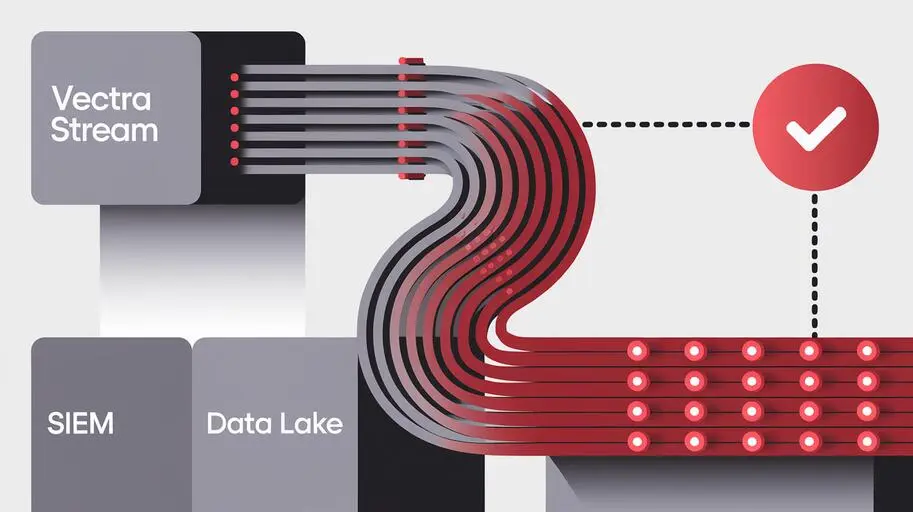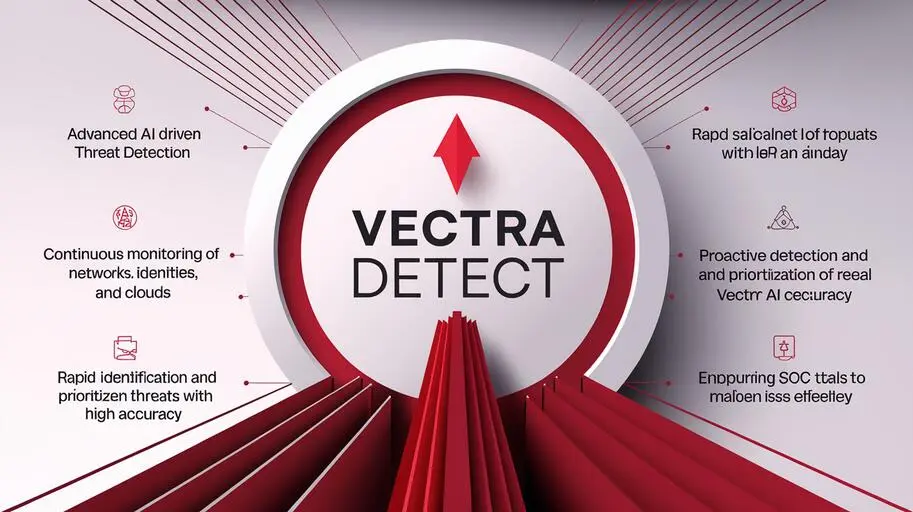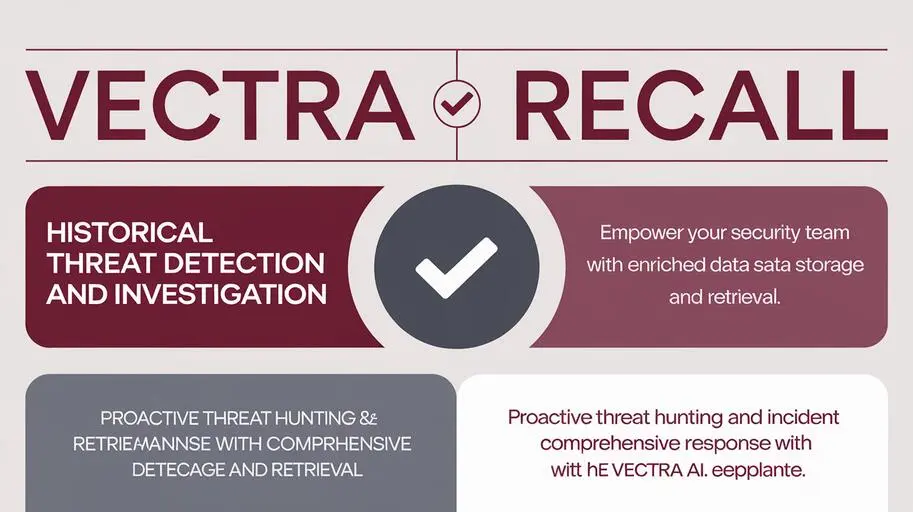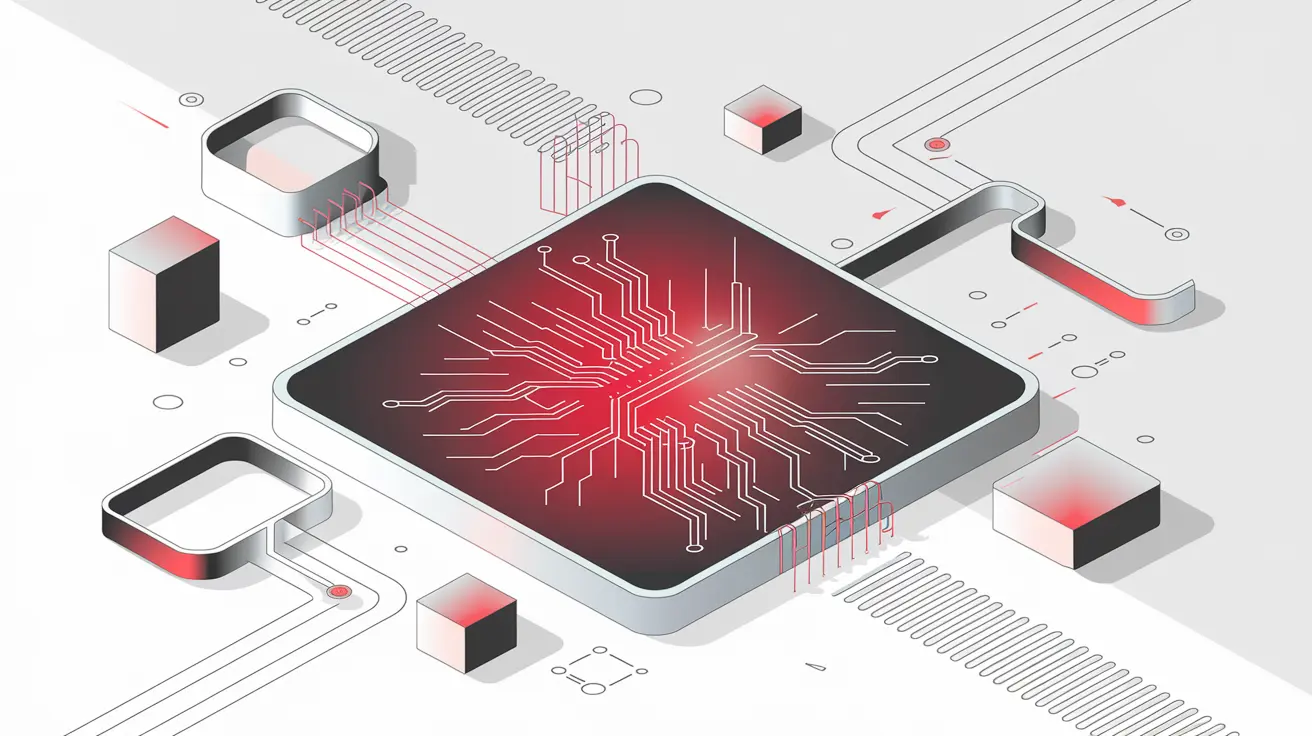
Once, the method for adversaries to infiltrate an organization was quite straightforward. An attacker would find a vulnerability, such as an unpatched device or a compromised account, penetrate the system, encrypt files, or steal data, leaving organizations to simply clean up the aftermath and search for better ways to defend themselves. This was a linear approach where the consequences were obvious, albeit devastating.
Today, organizations represent a collection of expanded attack surfaces, which on paper might seem more complex for adversaries. However, as organizations become “smarter,” so do attackers. Attacks are no longer linear; adversaries can find a vulnerability, lay low (i.e., remain undetected for an extended period), jump from one attack surface to another (e.g., from a corporate network to a cloud environment), lay low again, and then launch a full-scale attack targeting critical business processes. Sometimes it’s already too late, and organizations have to spend millions of dollars on recovery and remediation. According to IBM, the average cost of a data breach in 2024 exceeded $5 million.
While this might seem futile, it doesn’t mean we can’t stay ahead of the modern threat detection curve. In fact, the best Security Operations Centers (SOCs) worldwide are actively implementing strategies that allow them to stay one step ahead of adversaries. Here are five ways these SOCs outpace attackers and protect their organizations.
5 ways leading SOCs outpace adversaries
1. Invest in artificial intelligence (AI) powered technologies
The only technology that will allow organizations to stay ahead of adversaries in their pursuit of complexity is true Artificial Intelligence (AI) for security. We’re not talking about large language models (LLMs) that merely help analysts build queries for their investigations, although they are useful. We’re also not talking about AI/ML approaches that only detect anomalies and require constant human maintenance, generating excessive “noise.”
We’re talking about using AI to build an intelligent attack signal that detects the most critical and urgent threats, specific to each unique client environment, while providing a complete picture of the attack with context. At Vectra AI, we call this AI our “Attack Signal Intelligence”.
For a decade, Vectra AI has actively researched, developed, implemented, and patented security AI focused on delivering the best attack signal on the planet. Attack Signal Intelligence goes beyond signatures and anomalies to deeply understand attacker behavior and focus on attacker TTPs (tactics, techniques, and procedures) across the entire attack chain after it has been executed (from initial access to data exfiltration). It analyzes attacker behavior and traffic patterns unique to the client’s environment to reduce alert noise and detect only relevant true positive events. This means fewer false positives and more real threats. Armed with context regarding the full attack picture, security analysts spend their time and talent doing what they do best – threat hunting, investigating, and preventing attacks from escalating into data breaches.
2. Implement an XDR (extended detection and response) strategy
Having a comprehensive XDR strategy is critically important for combating modern hybrid attacks that span diverse attack surfaces. Modern adversaries do not limit themselves to one attack vector; they migrate between different parts of the infrastructure, which requires an integrated approach. With an effective XDR strategy, you can achieve:
- Coverage: Integrated, high-quality threat detection coverage across the entire hybrid attack surface – networks, IoT/OT devices, public clouds (AWS, Azure, Google Cloud), identities (Active Directory, Okta), SaaS applications (Microsoft 365, Salesforce), endpoints (laptops, servers), and email. Defenders need assurance that they have the necessary visibility across all critical points.
- Clarity: An integrated attack signal that correlates detections to prioritize real attacks in real time. This allows SOC teams to quickly understand what to focus on first, where to start, instead of getting lost in thousands of unrelated alerts.
- Control: Integrated, automated, guided investigation and response actions that allow Security Operations Center (SOC) teams to act with the same speed and scale as hybrid adversaries. Defenders need the competence and confidence to keep up with the volume and speed of threats.
3. Regularly assess breach risk
Protecting an organization is a constantly moving target, given the ever-changing IT environment and evolving threats. Therefore, it is necessary to regularly assess your vulnerability to attacks, not only from the perimeter but also from within.
This involves reviewing core cybersecurity hygiene elements, including perimeter firewalls and internet gateways, anti-malware protection, patch management (updates), allow lists and execution control, secure configuration, password policies, and user access control. Integrating these core elements into your security program is vital, along with regular updates.
Additionally, examine the attack surfaces your organization might be potentially exposed to. In some cases, resources are available to conduct penetration tests and gap analysis on your attack surfaces, allowing you to identify weaknesses before adversaries can exploit them.
These measures cover your exposure risk before a potential compromise can occur, but what should you do once an adversary has already compromised an identity and penetrated the environment? Once an adversary gets into your system, it leads to greater complexity in detection and response. An adversary can take a multitude of actions to harm your business, such as compromising multiple accounts, escalating identity privileges, and elusive lateral movement – all of which can lead to a business-critical incident.
What can you do to respond to this challenge? The answer lies in your detection and response technologies – the main thing is to ensure that the signals your technology receives will intelligently inform you about this suspicious behavior, even before it becomes a full-blown attack. For example, Attack Signal Intelligence from Vectra AI can correlate hosts and entities across different attack surfaces with attribution based on AI and ML (machine learning), which accurately fills information gaps that lead to complexities after a compromise. Gaining rich and accurate context of how an adversary acts will set you up for success, even when the adversary may bypass your defenses.
4. Partner with third-party experts (MXDR)
While investing in quality AI-powered technologies can significantly reduce the burden on your SOC team, sometimes it’s not enough to combat modern attacks, especially in today’s hybrid environments that require 24/7 monitoring and rapid response. That’s why we strongly recommend combining artificial intelligence technologies with human intelligence, especially with third-party industry experts, as an additional line of defense against hybrid attackers.
Third-party industry experts can provide Managed Detection and Response (MDR) services or, more broadly, MXDR (Managed Extended Detection and Response). These services provide deep knowledge of the security industry and are also experts in the platform and technology you use. Outsourcing some routine, day-to-day SOC tasks to third-party experts is an excellent investment, especially when these experts are well-versed in the technology and platform you use for threat detection and response. This allows your in-house SOC team to focus on strategic tasks and the unique risks of your organization.
With Vectra MXDR, you can cover all your attack surfaces – SaaS, cloud, identity, network, and endpoints – through our integrations with leading solutions such as CrowdStrike, SentinelOne, and Microsoft Defender globally, providing 24/7/365 monitoring. Vectra MXDR can free up hours of your time, allowing your team to dedicate their time and talents to more valuable and critical tasks, such as proactive threat hunting and security strategy development.
5. Optimize time and budget
The last, but no less important, way the best SOCs stay ahead of modern adversaries is by optimizing the people and resources within their teams. People perform best at what they enjoy and where they can realize their potential – does your SOC team enjoy managing thousands of alerts, configuring rules, and generating reports for hours every day, which often turn out to be false positives? Probably not. This leads to burnout and loss of motivation.
Instead, the security budget you free up by using a managed detection and response (MDR/MXDR) service can be invested in initiatives or security programs that your SOC team would prefer to work on. These can include:
- Threat hunting programs, which require deep analytical skills.
- Mentorship and development of junior analysts.
- Research into new attack methods and vulnerabilities.
- Building business relationships with other departments to improve the overall security culture.
- General high-level initiatives designed for highly skilled talent, such as developing security architecture or automating processes.
This is why offloading routine SOC tasks to a third-party MDR service is crucial for a modern SOC. When another team takes care of the day-to-day tasks that your SOC team spends too much time on, it frees up more time for analysts to delve into high-value projects, thereby optimizing your talent and security budget. This allows the organization to get the most out of its security investments.
Conclusion
Staying ahead of modern adversaries is an ongoing challenge that requires continuous adaptation and strategic investment. However, with the right technologies (especially AI), integrated strategies (like XDR), regular risk assessment, collaboration with third-party experts (MXDR), and optimization of internal resources, your SOC team can not only keep up but also prevail. By leveraging the five tips mentioned above, you can create a more resilient and effective SOC that stays one step ahead of adversaries and protects your organization from the latest threats, even those using GenAI.
Vectra AI – a valuable asset for cybersecurity in Ukraine via NWU
In the current context of constantly escalating cyber threats and the need to ensure a high level of cyber resilience, Vectra AI solutions are strategically important for Ukrainian organizations. The war in Ukraine has significantly increased the level of cyberattacks, making reliable protection a critical necessity for all sectors of the economy and public administration.
Vectra AI is a powerful solution that can help organizations defend against the most complex attacks, including those leveraging GenAI (generative artificial intelligence) capabilities. Thanks to its ability to accurately and quickly detect GenAI-driven attacks, as well as provide comprehensive visibility and ease of use, the Vectra AI platform is a valuable addition to any cybersecurity program, providing a new level of protection against novel threats.
Vectra AI is a leader in detecting and responding to hybrid cloud threats based on security artificial intelligence. Only Vectra optimizes artificial intelligence to detect adversary methods — TTP (Tactics, Techniques, and Procedures), which are the foundation of all attacks — instead of simply alerting about “anomalies” or “other” events. The resulting highly accurate threat signal and clear context allow cybersecurity teams to quickly respond to threats and prevent attacks from escalating into full-blown breaches.
The Vectra AI platform and services cover public cloud, SaaS applications, identity systems, and network infrastructure, both on-premises and in the cloud. Organizations worldwide rely on the platform and services of Vectra AI to achieve resilience against: ransomware, supply chain compromise, credential theft, and other cyberattacks. This is confirmed by numerous successful use cases across various industries – from finance to healthcare and critical infrastructure.
Thanks to NWU, the official distributor of Vectra AI in Ukraine, it is now possible for the domestic IT market to buy NDR (Network Detection and Response) from a global leader. NDR is an integral part of the SOC triad alongside SIEM and EDR, providing a full cycle of threat detection and response. This allows Ukrainian enterprises to significantly enhance their level of cybersecurity and more effectively counter modern threats, which is especially relevant in the context of hybrid warfare and constant cyberattacks.
Are you ready to shift from reactive defense to proactive threat anticipation? Contact NWU to buy NDR for SOC or to request a demo of the Vectra MXDR solution in Ukraine today.







